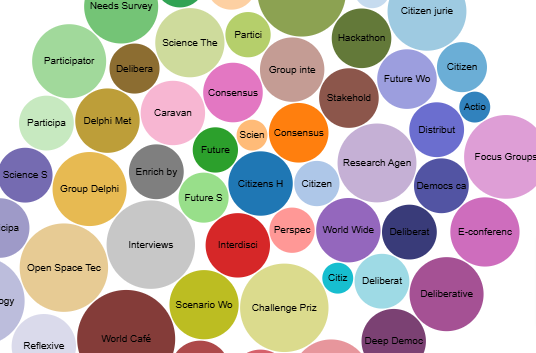An interactive website showcasing various methods of consumer and community involvement that can be filtered by target population, level of participation and objective of activity.
This online resource is a database of peer-reviewed health-related community-engaged outputs that are in forms other than journal articles, such as tools and resources.
Snapshot of global peer-reviewed literature relating to consumer and community involvement in health and medical research to identify underlying good practice.
Searchable database of peer-reviewed articles specific to patient engagement in health research.
A practical guide to understand co-production, its application in research and health service settings and putting learnings to practice.
Free 30 minutes self-paced online course on including consumer and community involvement in grant writing. Participants will receive a certificate of completion at the end of the course.
Free 30 minute self-paced online course that describes the basics of consumer and community involvement in health research. Participants will receive a certificate of completion at the end of the course.
A comprehensive handbook with resources and templates for organisations, researchers, consumers and funders on consumer and community involvement.
A self-paced eLearning module providing an introduction to consumer and community involvement, planning, ethical principles and describing consumer and community involvement in ethics applications, connecting with consumers, working with them on steering committees and co-design.
An interactive map providing guidance and tools to help plan, deliver, evaluate and report consumer and community involvement and engagement activities with a focus on clinical trials.
A resource with key tips on engaging with diverse community members as part of the Department of Health and Aged Care’s National Consumer Engagement Strategy for Health and Wellbeing
A summary report with case studies from a conference held by the Centre for Culture, Ethnicity and Health in 2005 that discusses key considerations for working with CALD communities when designing and implementing strategies.




